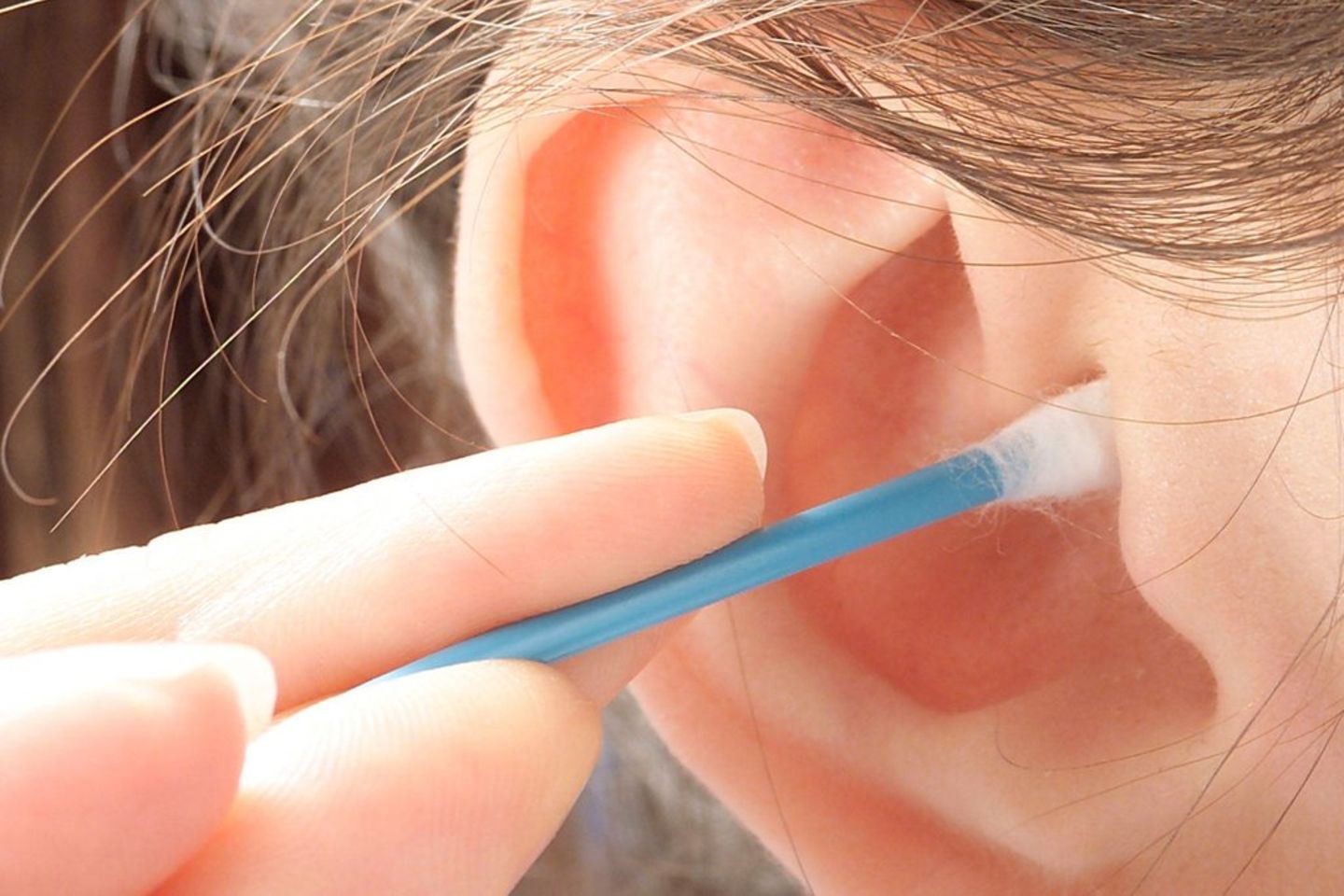Be careful with cotton swabs
That’s why they hurt the ear
Cotton swabs were invented in 1926 by the American Leo Gerstenzang.
© IMAGO/BSIP
Cotton swabs are often used to clean ears. But this carries serious risks.
Cotton swabs – or Q-tips – are an everyday hygiene product in most households. Most people use them to remove excess earwax and create a clean ear feeling. But the harmless-looking rods can cause serious damage to the ear.
Earwax: The natural cleaning
Cotton swabs: The most common injuries
Injuries to the ear canal: Injury to the ear canal can cause pain, inflammation, and possibly even hearing loss.
Earwax displacement: Instead of removing earwax, the cotton swab can push it deeper into the ear canal. This can lead to painful constipation.
Eardrum Injuries: Accidental entry into the ear canal can perforate the eardrum. This can cause a tear and, in the worst case, hearing loss.
Itching and dryness: Cotton swabs can dry out the skin in the ear canal and cause itching.
Middle ear or ear canal infections: Repeated cleaning with cotton swabs also promotes chronic inflammation. These can cause significant damage to the mucous membranes, the eardrum and the auditory ossicles. In the worst case, they can be life-threatening.
Avoid an unclean feeling
Instead of using cotton swabs to remove earwax, doctors recommend gentler ear care methods. In most cases, a washcloth with lukewarm water is sufficient. This can remove excess earwax and keep the ear canal clean without risk of injury. Soap or washing lotions are not necessary. However, if problems or pain occur, a visit to an ear, nose and throat doctor (ENT) is essential. Stubborn dirt or earwax problems can be treated professionally there.
